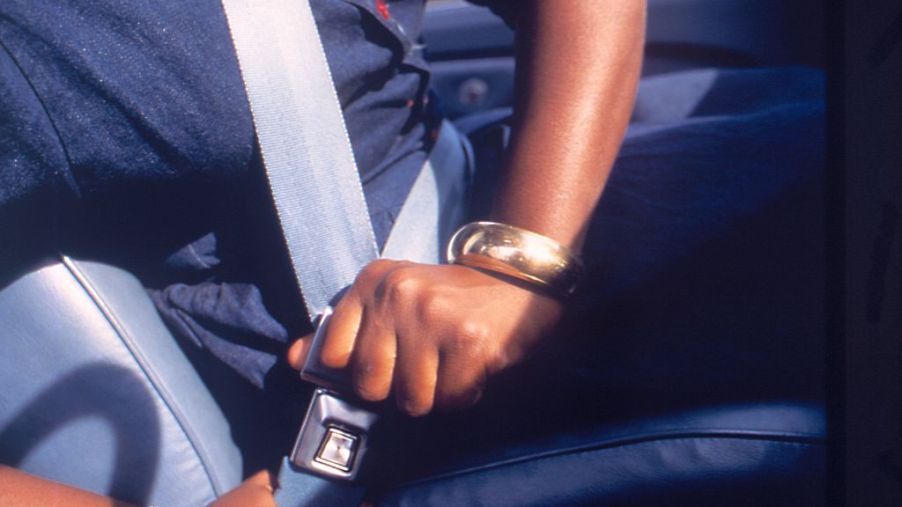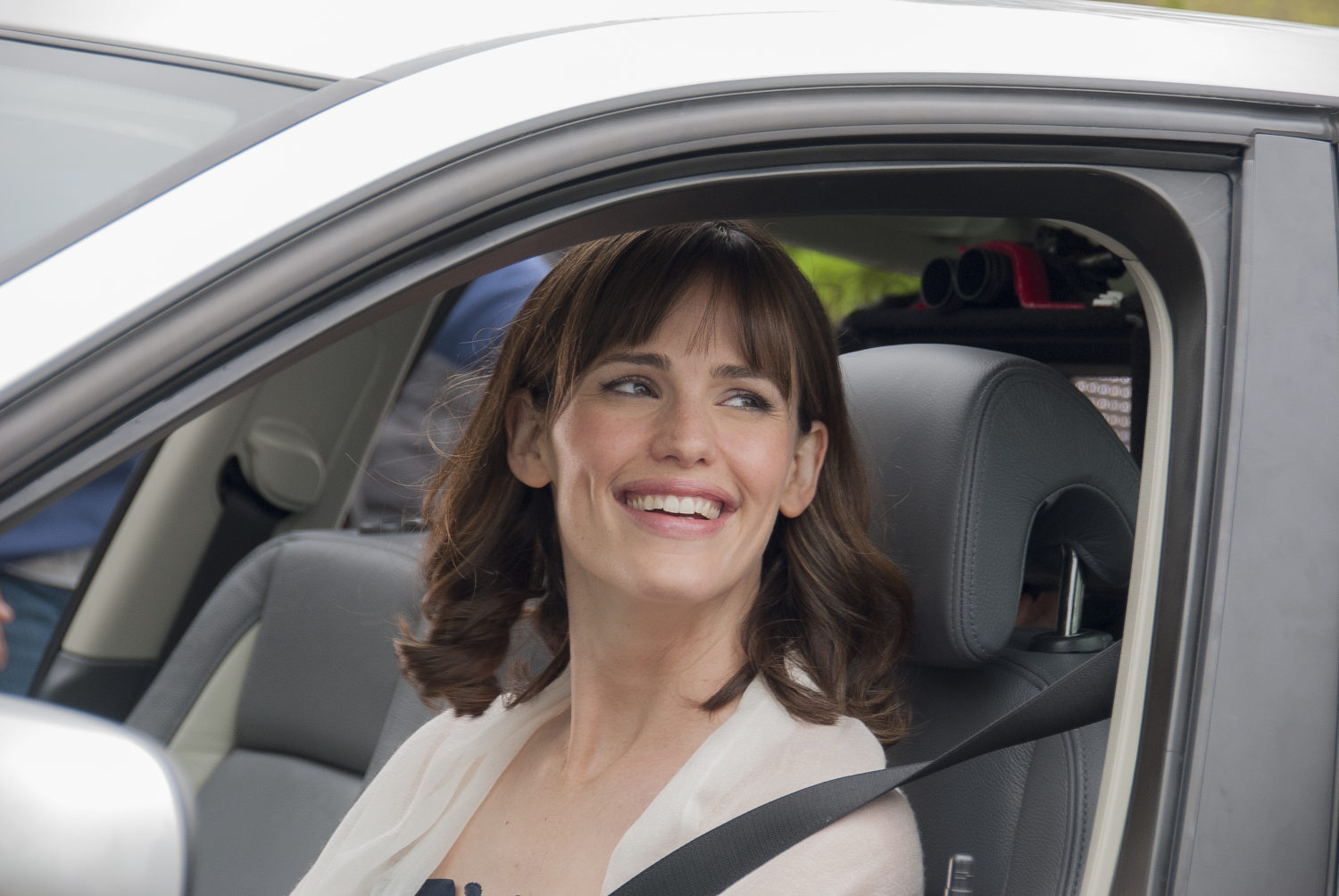
How Effective Are Seat Belts?
Even if your car, truck, or SUV has top marks for safety and reliability, you’re always at risk for a crash while behind the wheel. Wearing a seat belt is one of the best ways to reduce the risk of injuries and deaths while driving. Buckling up can keep you safe and help prevent you from being pulled over. What are some of the benefits of wearing seat belts, and has it actually helped reduce injuries? The consensus says yes.
Are seat belts your best protection in a crash?

How well do seat belts actually protect the occupants of your vehicle? The National Highway Traffic Safety Administration recently conducted a study to determine the effectiveness of seatbelts over time. The NHTSA study details how big of a factor seat belts were in protecting passengers from injury. It also looked at how well the restraints worked in different types of accidents. Since the seat belt was invented, it has grown to be one of the best ways to protect yourself and others while on the road.
In 2022, the seat belt national use rate was at 91.6%, which saved an estimated 14,955 lives in 2017. Back in 2021, 26,325 passengers were killed in vehicle accidents. About 50% of those were not buckled. The NHTSA says that if you buckle up in the front seat, you can reduce the risk of fatal injury by 45%. For moderate to critical injuries, that increased to 50%.
Buckling your seat belt is the most effective safety measure you can take while in a car. Airbags are made to work in conjunction with the seatbelt and are more effective when used together.
Are seat belts or airbags more effective?
In addition to reliable seat belts, many modern cars have other safety features that can protect you in an accident. If the collision impact is heavy enough, airbags can deploy from the steering wheel and doors of your vehicle. These prevent you from hitting the windshield, dashboard, or objects crashing through the side of the car. Because they could potentially endanger young children, smaller passengers should always be securely buckled up in the backseat.
Every passenger vehicle has an anti-lock brake system (ABS), which keeps your brakes from locking up when you have to brake quickly. Instances of this could be an accident on the road or in front of you. Some even feature brake assist, which can detect how hard the driver pressed down on the brake pedal and allow the ABS to be triggered faster. There are two types of ABS: two-wheel, which monitors the two rear wheels of your vehicle, and four-wheel, which controls both the front and rear wheels.
Vehicles with all-wheel drive have powertrains that provide equal strength to each of the wheels of your car. This works especially well when used with traction control, which can keep your wheels from slipping during acceleration or when driving on rocky terrain. Some cars also have electronic stability control, a system that can sense extreme steering maneuvers and prevents you from losing control of your vehicle in panic situations.
How seat belts are more effective than ever
In the ’60s and ’70s, passengers only had lap belts and the standard three-point design that we still use today. The study found that only 20% of the car’s occupants actually used seat belts, possibly due to the fact that they were legally voluntary until 1984. Restrained passengers had a 60-73% lower fatality rate and a 41-53% lower rate in minor injuries.
Nowadays, seat belt design has been greatly improved for the safety of the car’s passengers. Pretensioners were introduced that can lock your seatbelt in place during an accident, and front straps are now highly adjustable. Many cars have a reminder as a safety system. This issues audible and visual alarms when it detects that seat belts are not fastened. This is actually measured in safety tests by the NHTSA and IIHS on some new cars.
Either way, the seat belt has proved to be one of the best modern safety features. There is no reason against wearing one, as the risk of not wearing one is much higher. No matter what sort of vehicle you are traveling in, wearing a seatbelt is always recommended.



